Optimal Timing for Water Treatments
Water treatments are most effective when performed during specific periods that optimize water quality and system efficiency. Timing can depend on seasonal changes, water usage patterns, and local climate conditions. Proper scheduling ensures contaminants are minimized and system lifespan is extended.
Spring and fall are ideal for water treatments to prepare for high usage periods and to address seasonal water quality fluctuations.
Perform treatments before peak usage times to ensure water remains clean and safe during high-demand periods.
In regions with temperature extremes, treatments should be scheduled during moderate weather to maximize effectiveness.
Regularly scheduled treatments align with routine system inspections to prevent buildup and corrosion.
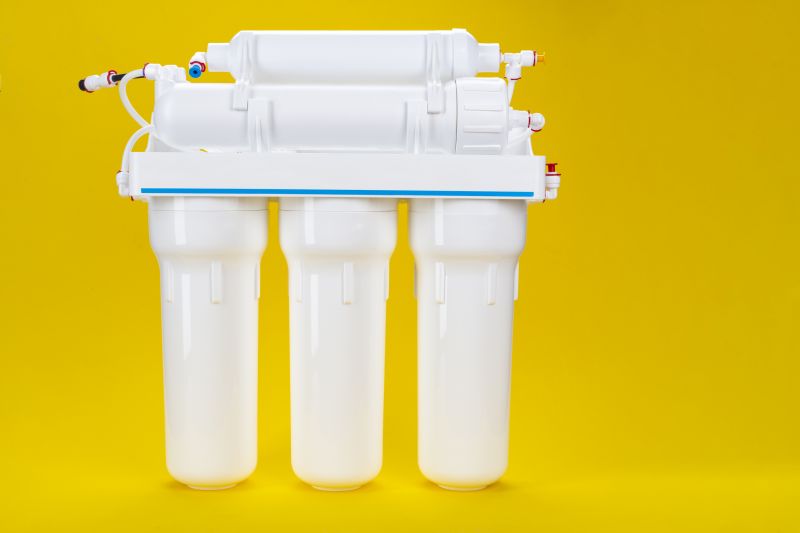
Advanced systems designed for optimal performance.

Tools used to assess water quality before treatment.

Secure containers for treatment chemicals.

Ways to make Water Treatments work in tight or awkward layouts.
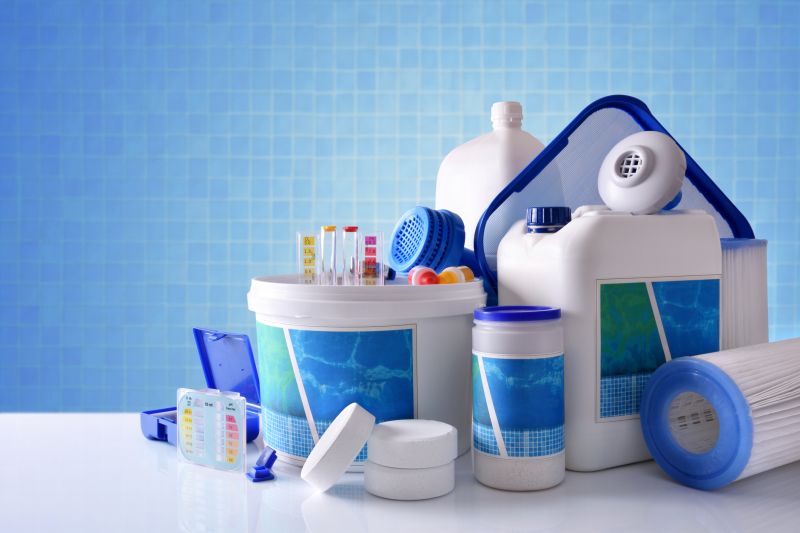
Popular materials for Water Treatments and why they hold up over time.

Simple add-ons that improve Water Treatments without blowing the budget.

High-end options that actually feel worth it for Water Treatments.
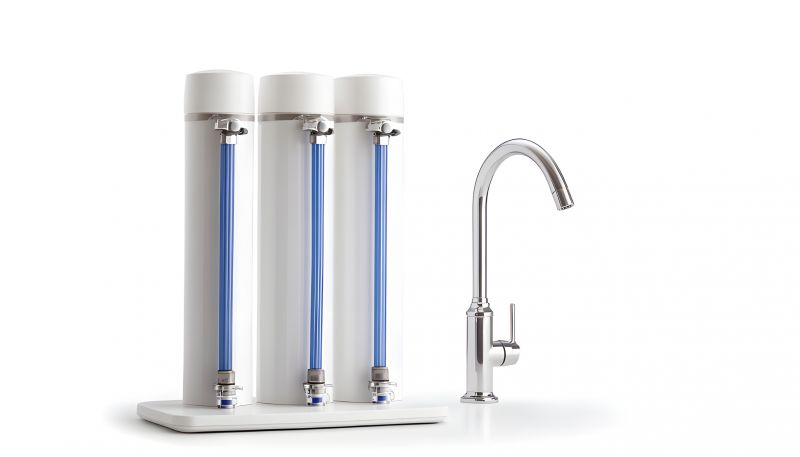
Finishes and colors that play nicely with Water Treatments.
| Timing Factors | Recommendations |
|---|---|
| Spring | Perform treatments to prepare for increased water demand. |
| Fall | Schedule treatments to address seasonal water quality changes. |
| Pre-peak Usage | Treat water before high-demand seasons. |
| Post-maintenance | Conduct treatments after system inspections. |
| After Water Testing | Treat based on water quality test results. |
| Moderate Weather | Schedule during mild weather conditions. |
| Before Chemical Imbalance | Treat when tests indicate chemical adjustments. |
Water treatments are essential for maintaining high water quality and protecting plumbing systems. They help reduce mineral buildup, control bacteria, and prevent corrosion. Proper timing ensures treatments are effective, saving costs and extending system life. Regular assessments and scheduled treatments contribute to consistent water quality standards.
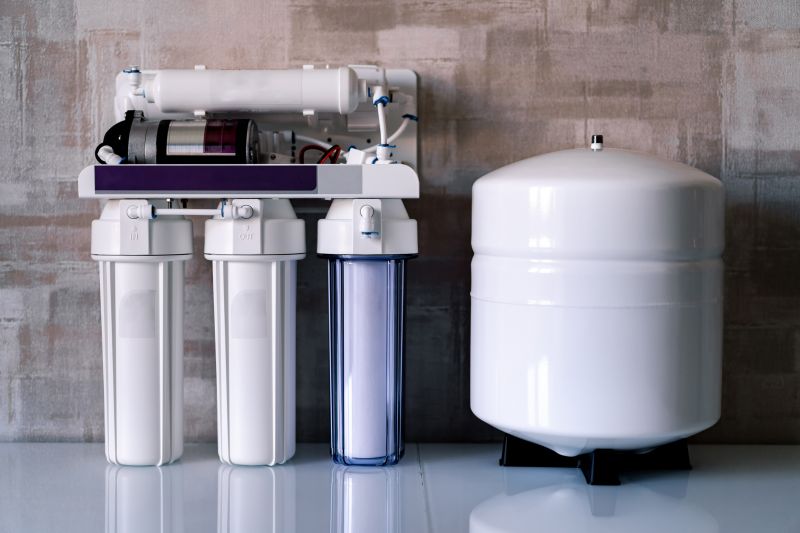
Visual overview of treatment stages.
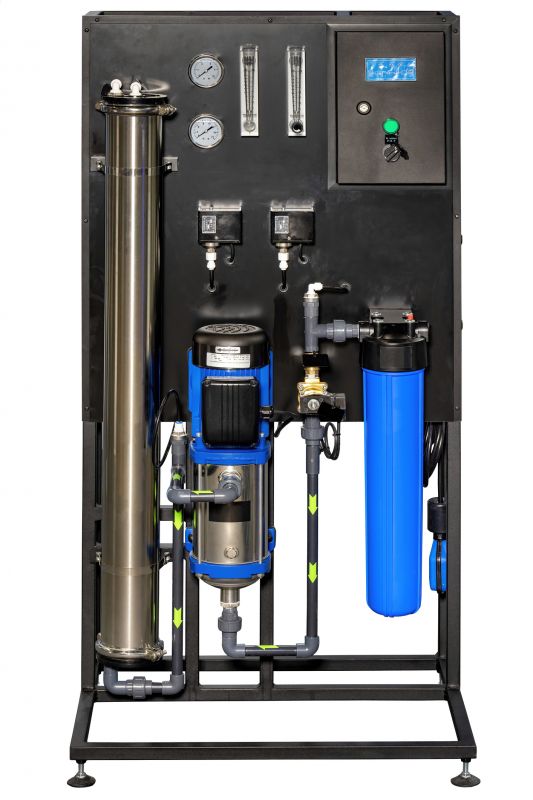
Equipment used for precise chemical application.
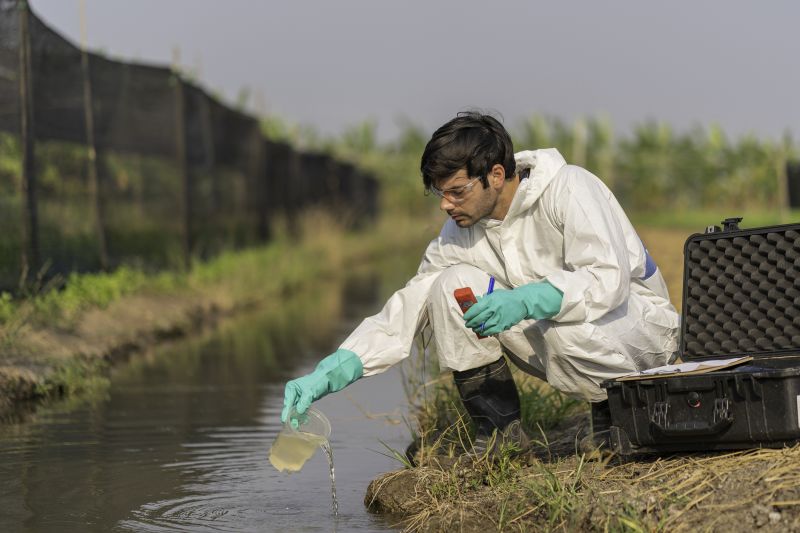
Monitoring tools for assessing water parameters.
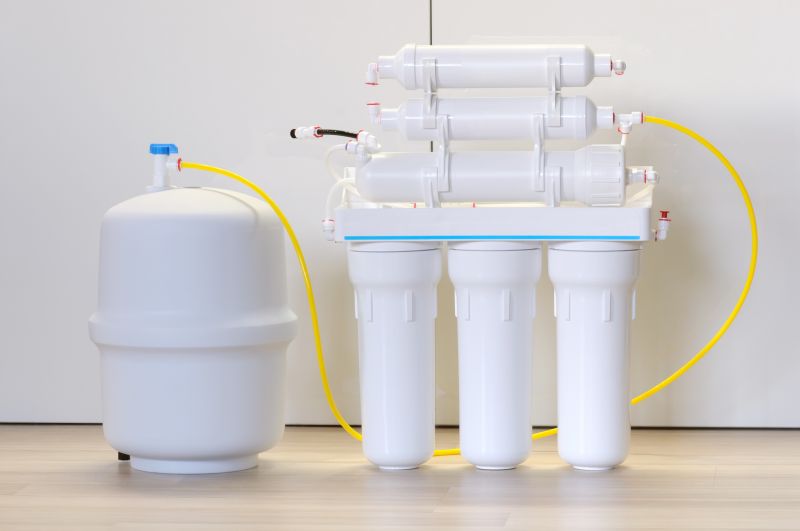
End product after treatment process.
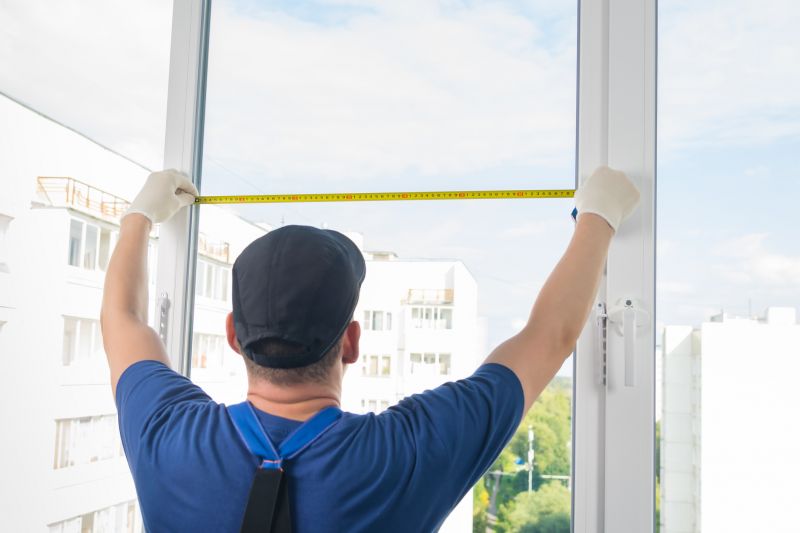
Little measurements that prevent headaches on Water Treatments day.
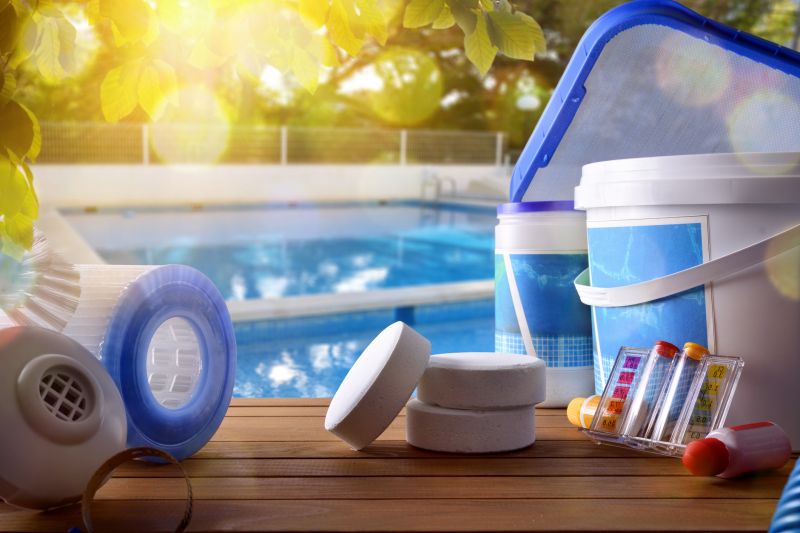
A 60-second routine that keeps Water Treatments looking new.
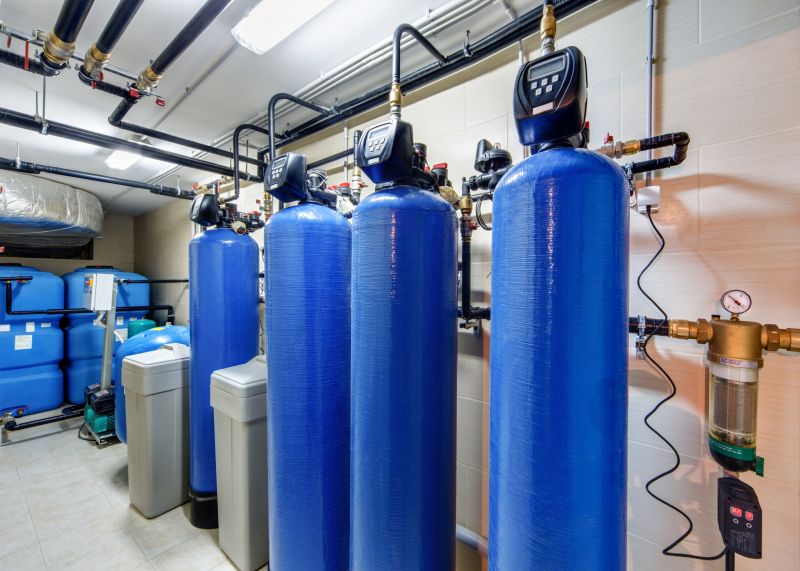
A frequent mistake in Water Treatments and how to dodge it.
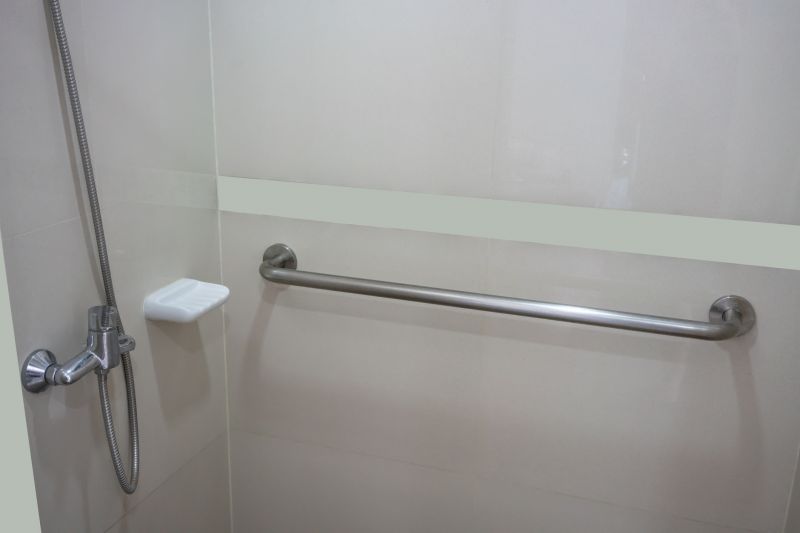
Small tweaks to make Water Treatments safer and easier to use.
Interested in scheduling a water treatment or learning more about optimal timing? Filling out the contact form can provide tailored recommendations to ensure water quality is maintained effectively throughout the year.

